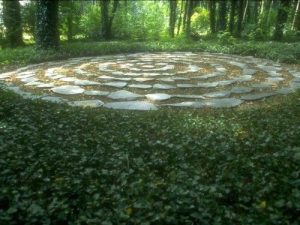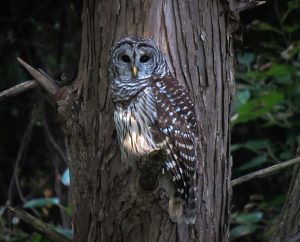 The Columbia City Yoga on-line Moving into Meditation class met this morning. We explored the restorative experience of rest. Appreciating the body as a precious partner can restore the wonder of being alive to our hearts and minds. It can help us to sustain balance and enable us to be present with ourselves and others.
The Columbia City Yoga on-line Moving into Meditation class met this morning. We explored the restorative experience of rest. Appreciating the body as a precious partner can restore the wonder of being alive to our hearts and minds. It can help us to sustain balance and enable us to be present with ourselves and others.
We continued to draw from Oren Jay Sofer’s book: Your Heart Was Made for This: Contemplative Practices for Meeting a World in Crisis with Courage, Integrity, and Love. Oren writes about the restorative benefits of rest. He encourages us to examine our relationship with being and doing. He reminds us that there is no action without rest.
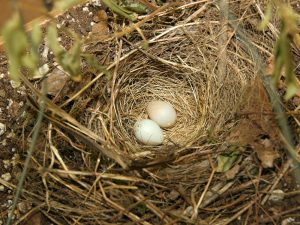 We heard from Soto Zen Priest and Unitarian Minister, Reverend Zenshin Florence Caplow’s Tricycle Magazine article, Dancing in the Dark Fields: the Teachings of Illness. In this moving essay Zenshin Caplow describes living with chronic illness, dancing with uncertainty and welcoming joy.
We heard from Soto Zen Priest and Unitarian Minister, Reverend Zenshin Florence Caplow’s Tricycle Magazine article, Dancing in the Dark Fields: the Teachings of Illness. In this moving essay Zenshin Caplow describes living with chronic illness, dancing with uncertainty and welcoming joy.
We heard from the Thich Nhat Hanh Lion’s Roar article, Resting in the River. In this article, Thay, describes how recognizing the habit energy of struggle can help us to release it. He encourages us to open our lives by bringing our awareness to the wonder of the present moment.
We heard John O’Donohue’s Blessing for One Who Is Exhausted from his collected Blessings.
Welcome. Last week we explored how mindfulness can enrich our lives with joy. We also talked about the quiet joys that can be an entry to meditation. Quiet joy often arises in a state of relaxation. Oren Jay Sofer describes the restorative benefits of rest:
Rest brings balance and honors limits. If we don’t balance the energy we put into doing with time and space to relish being, we burn out. . . . There is no action without rest.
This week I came across a wonderful article by Soto Zen Priest and Unitarian Minister, Reverend Zenshin Florence Caplow. The article, Dancing in the Dark Fields: the Teachings of Illness, Rev. Zenshin Caplow describes her struggle to find balance while living with chronic illness as a dance. Her dance partner is her body. She writes:
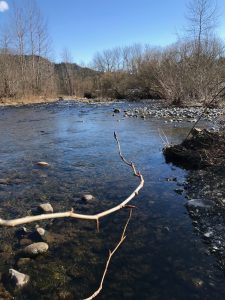 I have a chronic, painful illness. . . . It’s my dancing partner, my teacher, my enemy, my friend, my curse, my blessing. It constantly surprises me, sometimes shocks me, and continues to shape my life like a river shapes the land. . . . .
I have a chronic, painful illness. . . . It’s my dancing partner, my teacher, my enemy, my friend, my curse, my blessing. It constantly surprises me, sometimes shocks me, and continues to shape my life like a river shapes the land. . . . .
. . . At times I’m completely free of symptoms; at other times I lie in bed curled in a ball around the pain . . . Every plan is subject to the body’s unpredictability: tea with a friend, a hike in the mountains, a retreat with a favorite teacher—all may seem reasonable when first imagined, impossible when the time arrives. . . . And I feel grief. It’s hard to hurt, again; it’s hard to have to put one’s life on hold, again; it’s hard to be back in the place of illness. This is the territory of the dark fields.
. . . I’ve had to learn to respond with compassion to the requests of the body, . . . I’ve learned the hard way how resistance increases the suffering. Instead there has to be a kind of surrender. The body is firmly in the lead, and my job is to follow it. . . .
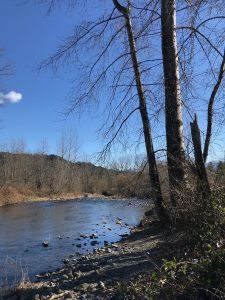 . . . A subtle part of the dance is knowing and remembering that although the body may be hurting, the heart and mind have a different kind of freedom. The most important thing I’ve learned in the last nine years is that even in the midst of physical suffering, there can be happiness, even joy. . . .
. . . A subtle part of the dance is knowing and remembering that although the body may be hurting, the heart and mind have a different kind of freedom. The most important thing I’ve learned in the last nine years is that even in the midst of physical suffering, there can be happiness, even joy. . . .
. . . in these years of simplicity and wandering, my life has opened up like a flower and grace has come in a thousand ways like a cloud of butterflies on a summer’s morning.
In my own dance, I am learning that to say yes – yes to painful conditions and rest. Yes to happiness and joy. Perhaps it is the simplicity of rest that helps our lives to open. Very real conditions challenge us to let go of the busyness of doing. Maybe it’s a kind of yielding into a quiet mindful space and we can feel what is true. We can choose to pause at the threshold of entering the next task or the next breath.
Poet and meditation teacher Thich Nhat Hanh writes that resting is the first part of meditation. Thay encourages us to sink naturally without effort into our meditation; to let our posture be a position of resting. He writes:
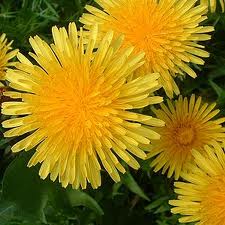 . . . We are always struggling; struggling has become a kind of habit. We cannot resist being active . . . We struggle even during our sleep. It is very important to realize that we have the habit energy of struggling. When we. . . recognize a habit when it manifests itself . . . it will lose its energy and will not be able to push us anymore. . .
. . . We are always struggling; struggling has become a kind of habit. We cannot resist being active . . . We struggle even during our sleep. It is very important to realize that we have the habit energy of struggling. When we. . . recognize a habit when it manifests itself . . . it will lose its energy and will not be able to push us anymore. . .
We can reflect on those moments when we recognize the habit energy of struggling. Recall one struggle. Remember how it arose. And then finally how did you let go? How did letting go feel in your body? You heart? Your mind?
Here is poet John O’Donohue’s blessing: For one who is exhausted, a blessing –
You have been forced to enter empty time.
The desire that drove you has relinquished.
There is nothing else to do now but rest
And patiently learn to receive the self
You have forsaken for the race of days.
 At first your thinking will darken
At first your thinking will darken
And sadness take over like listless weather.
The flow of unwept tears will frighten you.
You have traveled too fast over false ground;
Now your soul has come to take you back.
Take refuge in your senses, open up
To all the small miracles you rushed through.
Become inclined to watch the way of rain
When it falls slow and free.
Imitate the habit of twilight,
Taking time to open the well of color
That fostered the brightness of day.
Draw alongside the silence of stone
Until its calmness can claim you.
Be excessively gentle with yourself.
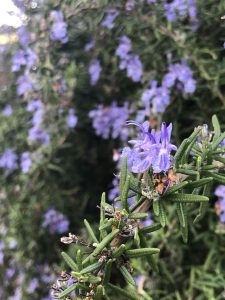 Stay clear of those vexed in spirit.
Stay clear of those vexed in spirit.
Learn to linger around someone of ease
Who feels they have all the time in the world.
Gradually, you will return to yourself,
Having learned a new respect for your heart
And the joy that dwells far within slow time.
Let us enter the joy of slow time. I invite you to enter a place of rest in the middle of things. Notice your surroundings – sights, sounds smells. Notice any physical comfort you may experience. As you rest you might feel your body on Earth’s body. Sense how you are held and supported by this vast generous breathing planet. Let your attention light on something simple like breathing, the ground beneath you or the sounds around you.
Stay attuned as effortlessly as possible. As you notice your attention wandering let that be an invitation to rest. See if you can gently let go of thinking, remembering or planning. Re-enter the experience of easy breathing. The stillness of the ground. The receptivity of listening.
Sense into your being. Become aware of the pull of desire. The subtle vibration of restlessness. Let this awareness be a welcome, an invitation to relax and be. Notice any letting go. Explore a sense of effortlessness. Allow whatever is happening in the moment. Present. Open. Feel what is true.
The greatest of all miracles is to be alive. . . . The present moment is the only moment where you can touch life. . . . When you are in the present moment. . . you have an opportunity to touch the conditions of your happiness. . . . We have so many conditions . . . for our happiness. . .

